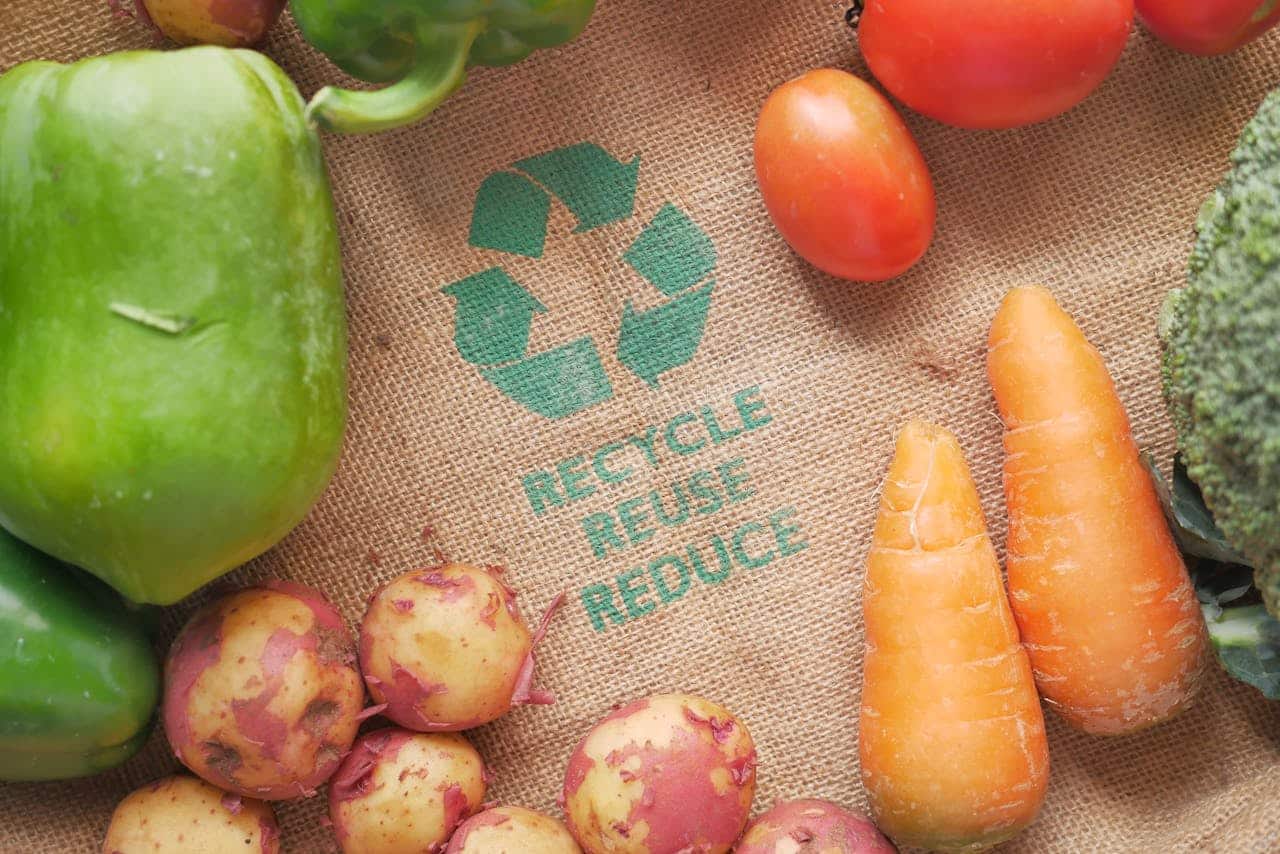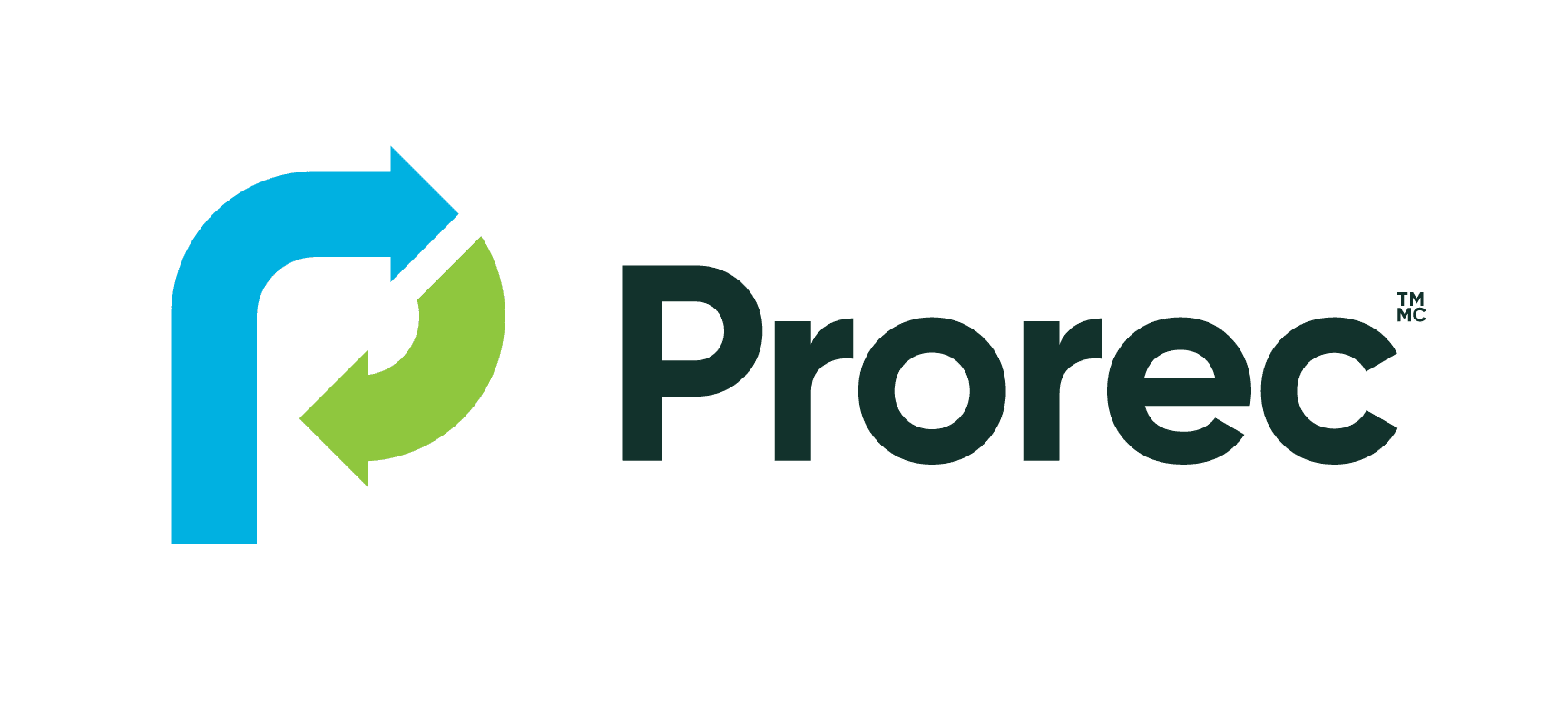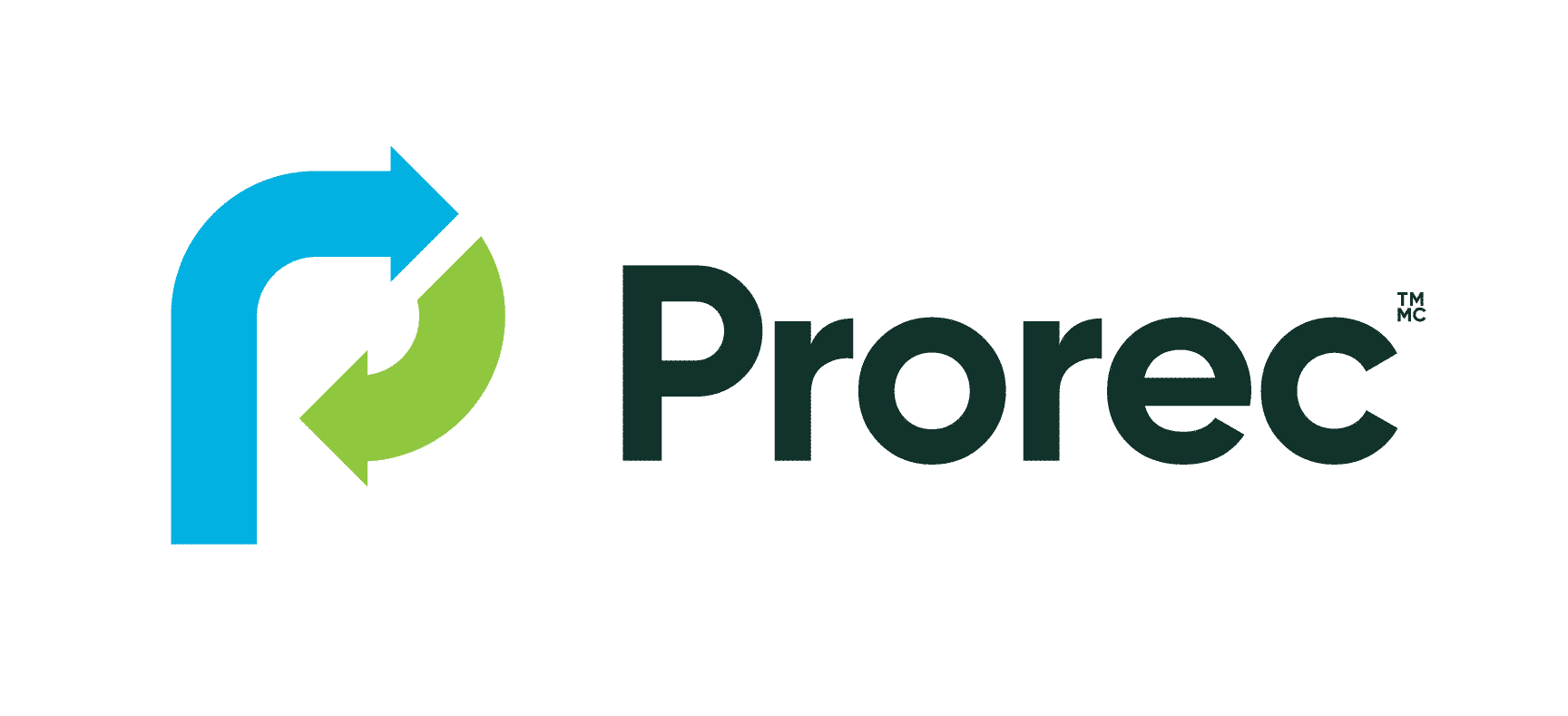
The concept of a circular economy heralds a transformative approach in resource utilization, waste reduction, and sustainability across diverse industries, from the agrifood sector to the fashion industry. Unlike the traditional linear economy, which follows a ‘take-make-dispose’ model, the circular economy seeks to create a regenerative system where waste and by-products are viewed as valuable resources to be reintegrated into the production cycle.
The agrifood industry, which is very important in Canada’s economy, revolves around raw materials, food production, packaging, and waste management, stands to benefit significantly from embracing the principles of a circular economy.
This approach focuses on maximizing resource efficiency and minimizing waste throughout the lifecycle of products, which is particularly pertinent in an industry dealing with perishable goods and significant waste streams.
2 Benefits Of a Circular Economy
The Environmental Impact Of This Approach
Regarding the environmental impact, the circular economy model offers substantial benefits. By emphasizing the design of products and packaging for reusability, repurposing or recyclability, this approach significantly reduces the generation of waste and diminishes reliance on virgin materials.
Within the agrifood industry, this could translate to innovative packaging solutions that limit plastic waste, upcycling of food waste through repurposing into food solution for animal thus replacing grain and reallocate land for human nutrition, composting, or energy generation through processes like anaerobic digestion, thereby contributing to renewable energy generation while diverting waste from landfills.
According to the OECD Inventory of Circular Economy Indicators (2020), 20% of the indicators of the organization focus on the waste sector, highlighting its significant role in the circular economy, particularly in environmental management.
Economic Advantages For Businesses
In the realm of circular economy, businesses stand to gain significantly from adopting practices that align with circular models. These models, integrating concepts like artificial intelligence or supply chain softwares, drive a fundamental shift in economic activity. This shift unlocks huge potential for companies to create sustainable products while reducing carbon and greenhouse gas emissions.
Examples and Economic Advantages For Businesses
|
Aspect |
Economic advantages |
|
Reduction in Natural Resource Reliance |
Minimizing the use of expensive natural resources such as fossil fuels by leveraging circular economy strategies, leading to sustainable use of materials. |
|
Lower Operational Costs |
Decreasing expenses related to production and waste management through efficient use of resources and recycling of industrial wastes, contributing to economic efficiency. |
|
Innovation and Market Growth |
Fostering new opportunities for economic expansion by embracing experimental processes and developing sustainable products, thereby tapping into new markets driven by environmental consciousness. |
|
Supply Chain Optimization |
Enhancing the efficiency of supply chains through the integration of digital technology and artificial intelligence, leading to optimized resource utilization and reduced GHG emissions. |
How Can Circular Economy Practices Be Implemented In The Agrifood Industry?
For agrifood businesses, implementing circular practices can lead to reduced operational costs through improved resource management, decreased waste disposal expenses, and enhanced brand reputation due to sustainable practices. Moreover, innovations in circular economy technologies can open new markets and revenue streams for businesses focusing on eco-friendly products and services.
Implementing circular economy practices in the agrifood industry involves multiple strategies. These include adopting precision agriculture techniques to reduce resource usage, implementing efficient waste management systems to recycle or repurpose by-products, and investing in renewable energy sources to power production processes. Additionally, redesigning packaging materials to be recyclable and encouraging consumer awareness and participation in reducing food waste are crucial steps toward a circular approach.
The Future Of Sustainability And Circular Economy
The future of the circular economy, and consequently of sustainable development, hinges on concerted efforts across various levels. Governments, industries, and consumers must collaborate to create policies and frameworks that encourage circular practices. Investments in research and development of innovative technologies, along with education and awareness campaigns, are pivotal in driving widespread adoption of circular principles.
Prorec’s Commitment To A Greener Future
Prorec is dedicated to fostering a circular society and contributing to sustainable industrial systems. Our approach aligns with the principles of a circular economy, emphasizing the valorization of organic residues from food processing industries.
This commitment not only aids in reducing carbon emissions and lessening environmental effects, but also supports the economic model of a circular economy.
By reusing production rejects, Prorec exemplifies an innovative model of production that benefits both society and the environment.
In conclusion, the circular economy represents a transformative framework for the agrifood industrial economy. By reimagining production, consumption, waste management, and industrial processes, this model offers substantial environmental and economic benefits. It lays the foundation for a more sustainable and resilient agrifood system, ensuring the efficient use of resources while minimizing environmental impact, thus creating a brighter and more sustainable future.



